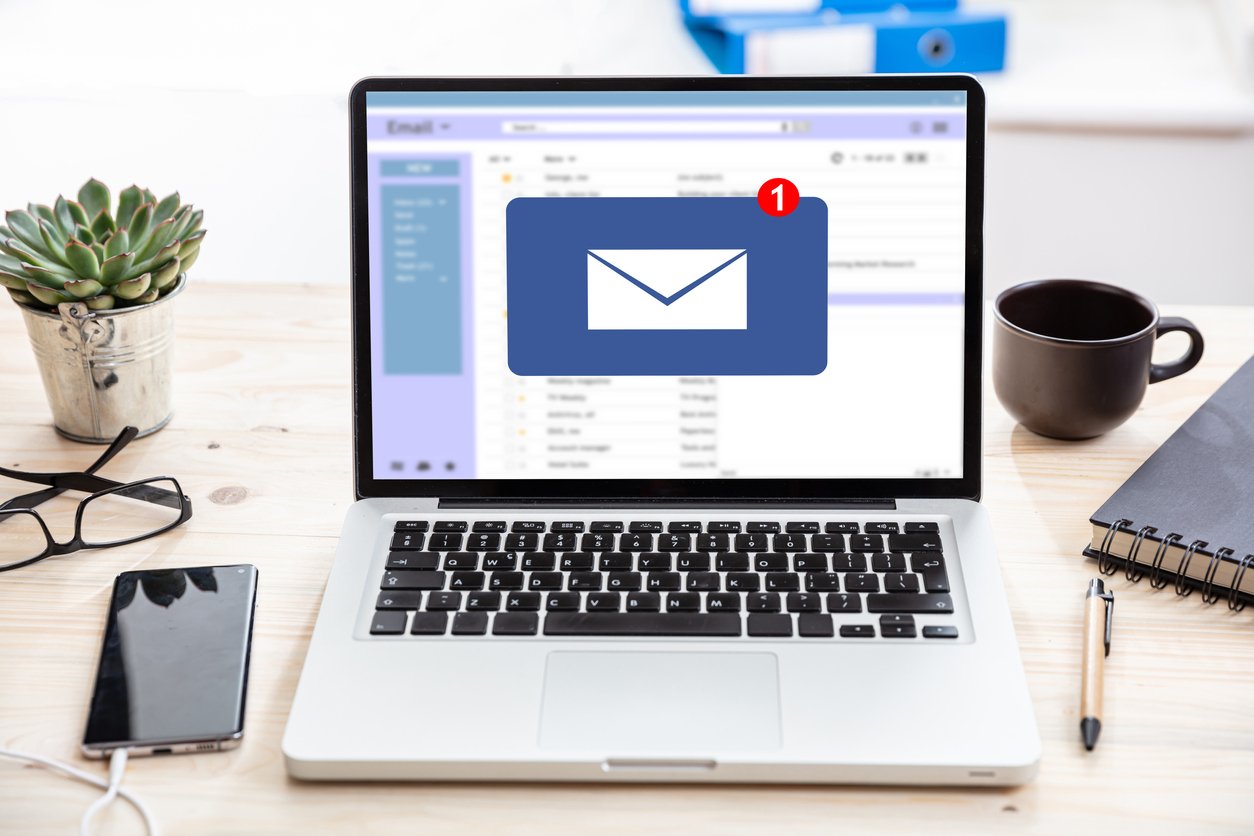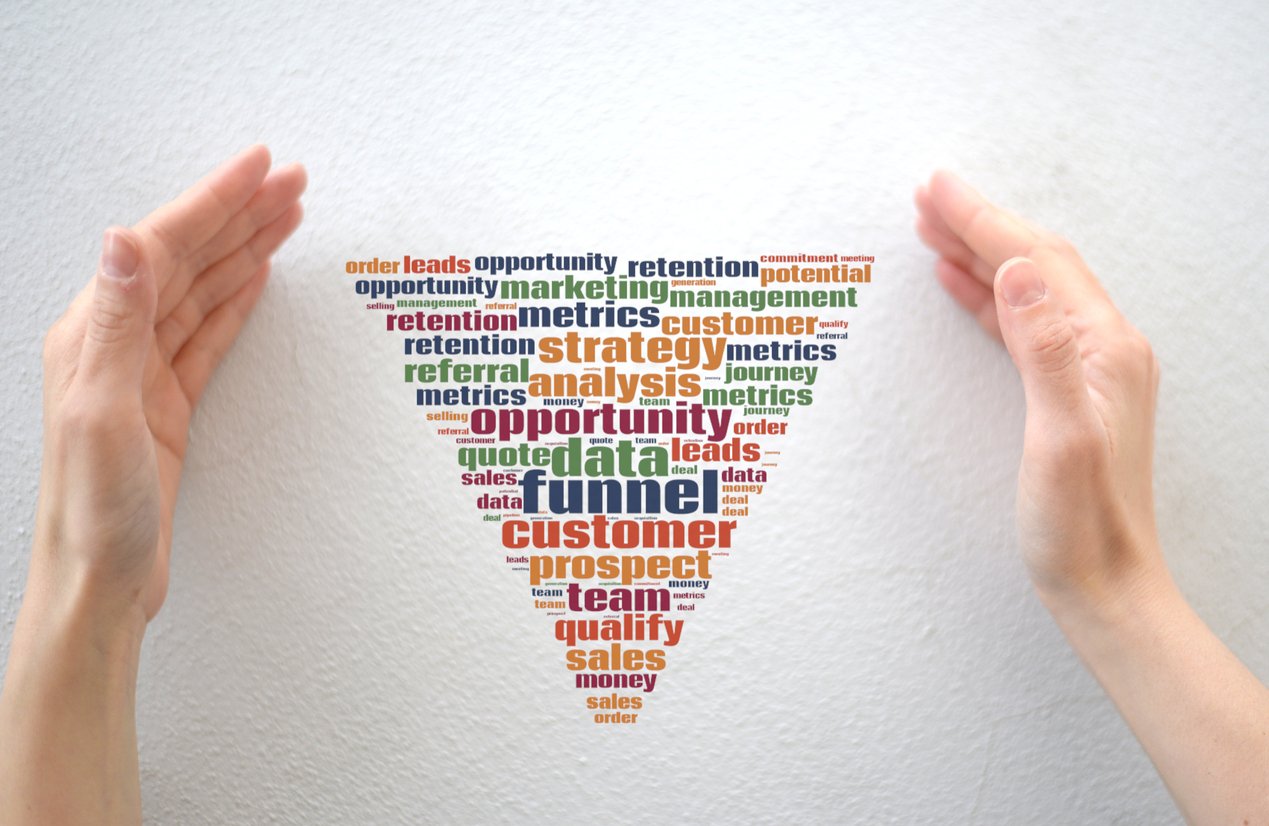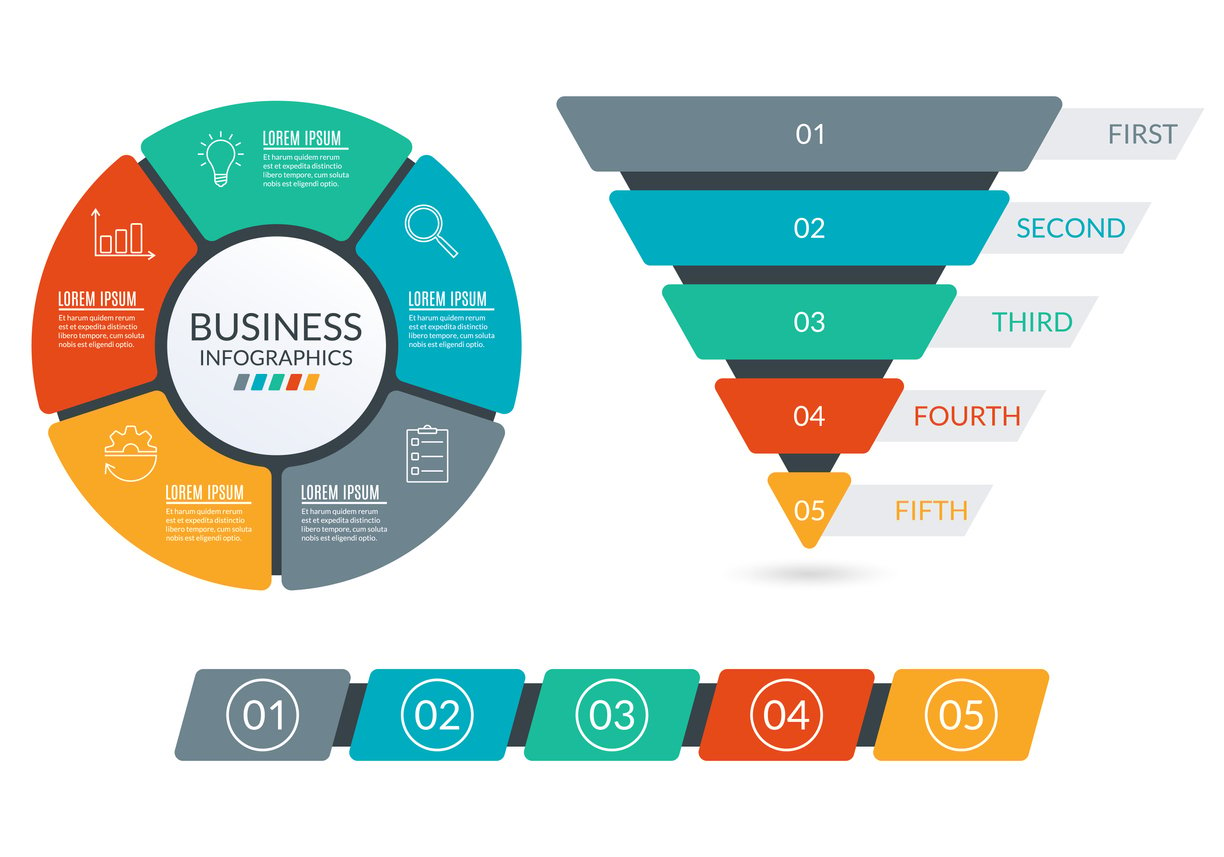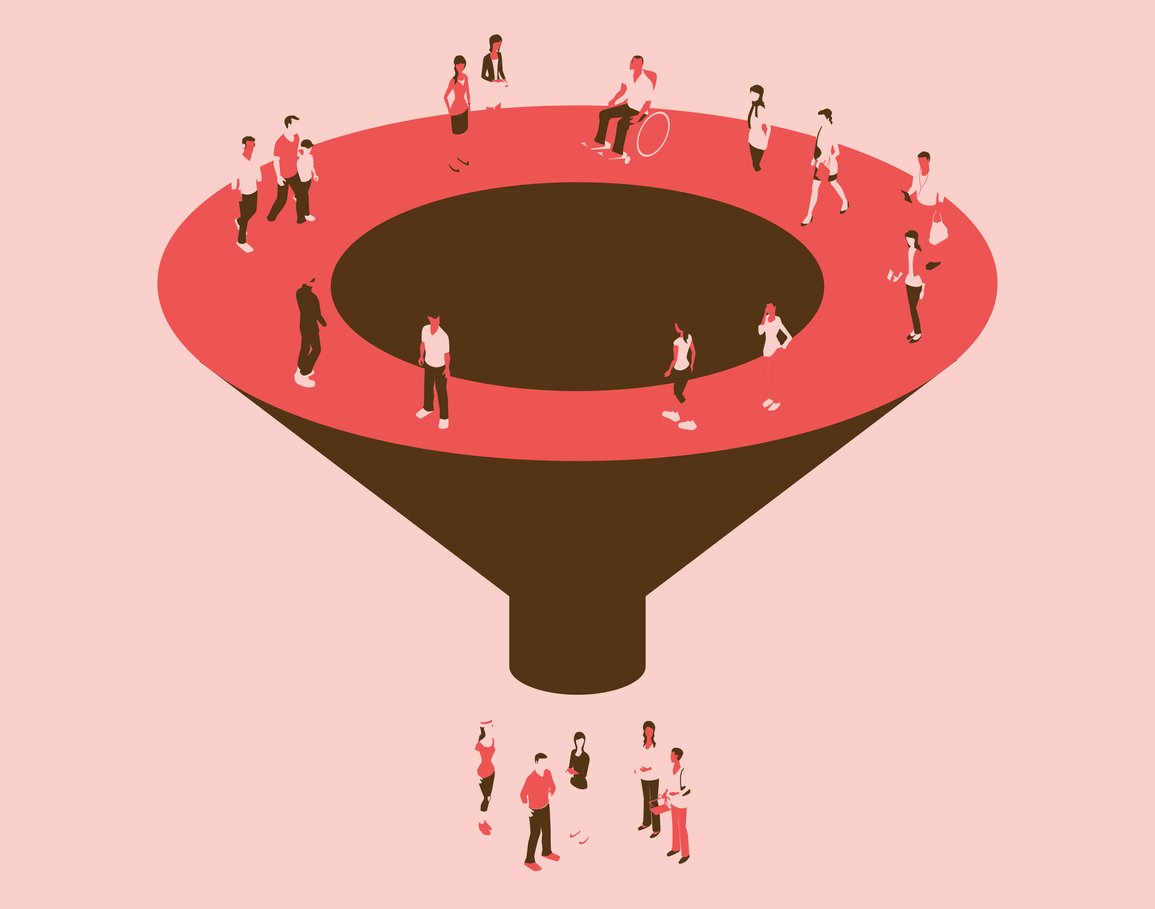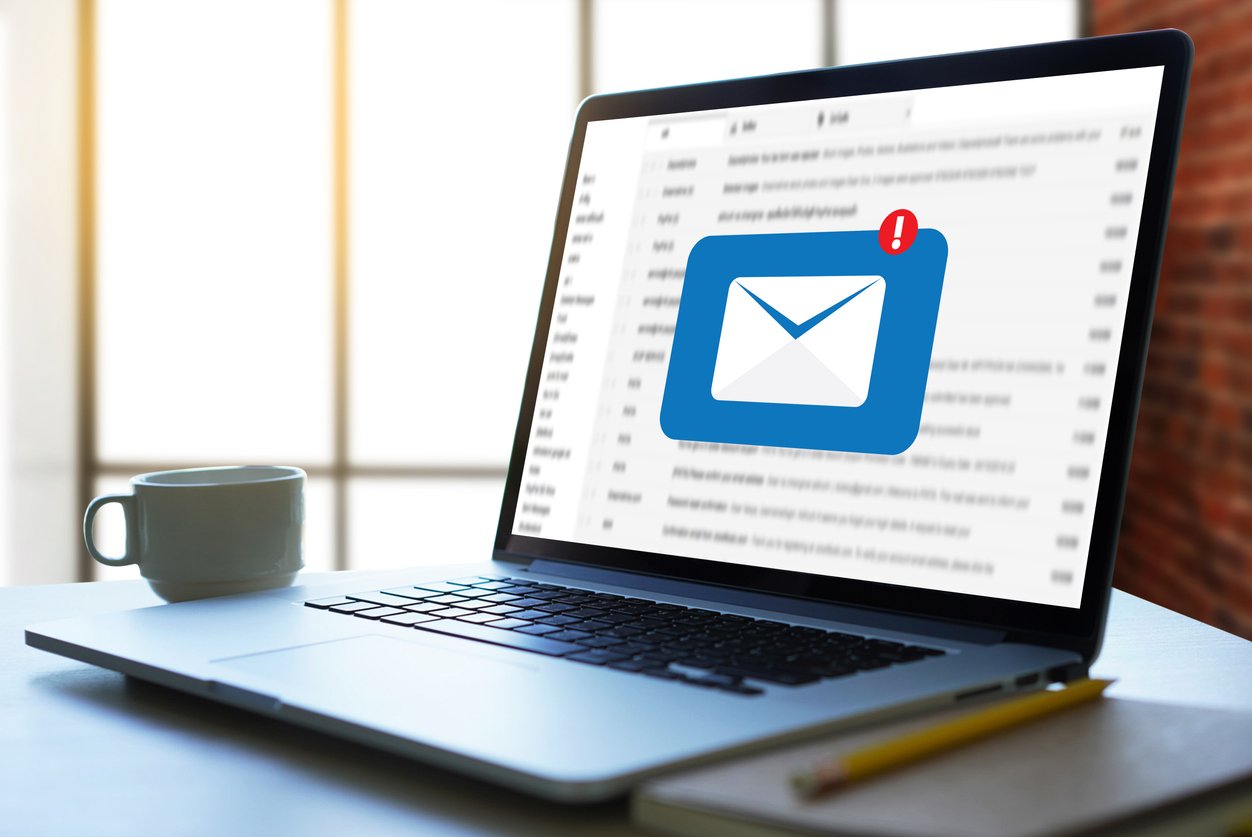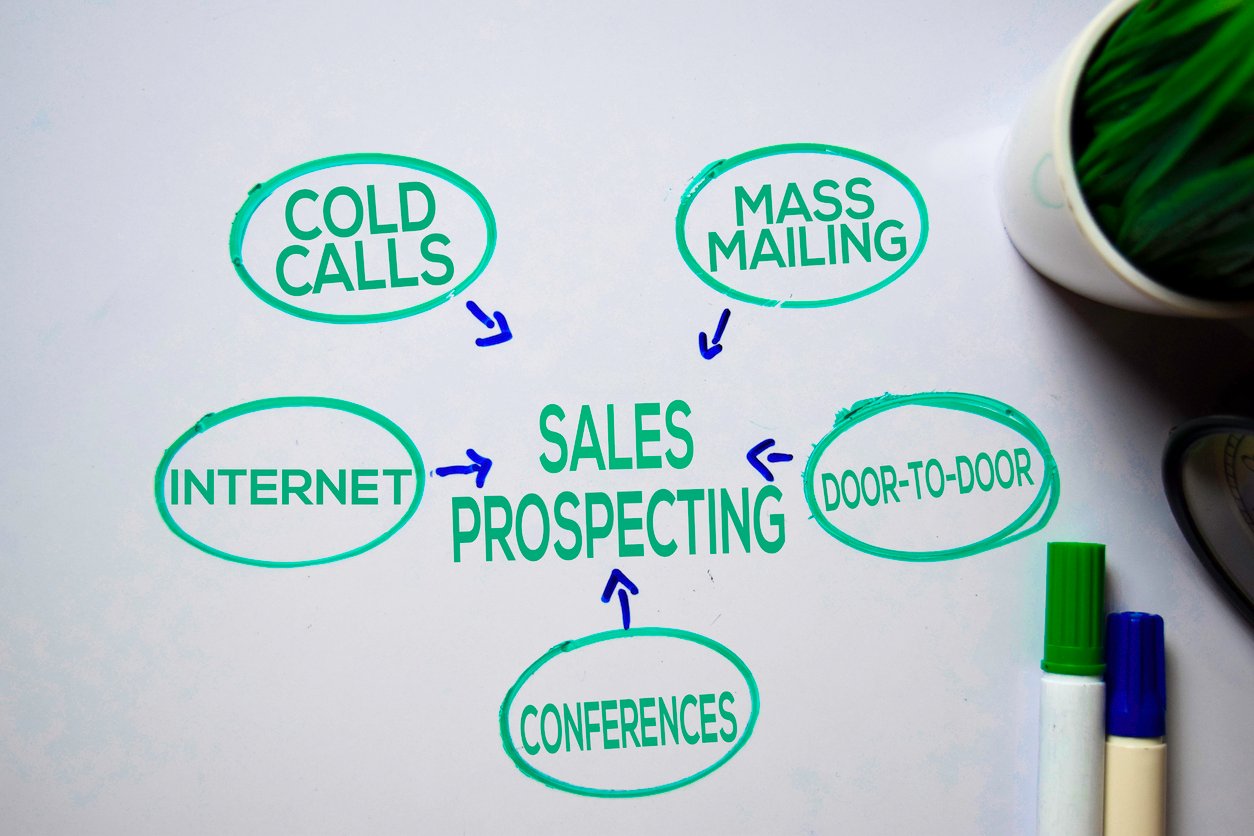
The Ultimate Sales Engagement Guide: Strategies, Stages, and Tools
 Updated on
Updated on
 By Carlos Correa
By Carlos Correa
Carlos Correa
Carlos has been involved in the sales space for well over ten years. He began in the insurance space as an individual sales agent, managing teams as s...
learn more
Carlos Correa
Carlos has been involved in the sales space for well over ten years. He began in the insurance space as an individual sales agent, managing teams as s...
Table of Contents
Table of Contents
You've probably noticed that the modern sales game doesn't look much like it used to.
Cold calls often hit voicemail, inboxes are packed with unopened messages, and prospects are savvier (and more skeptical) than ever. If you've felt like you're sending messages into a black hole, you're not alone.
The problem usually isn't your hustle—it's your sales engagement.
So, what is sales engagement?
Sales engagement is what keeps your outreach from fizzling. It's the glue that holds every call, email, text, and follow-up together, turning scattered activity into a consistent process that actually gets responses. When done right, sales engagement helps you connect with the right people at the right time with the right message.
In this guide, you'll learn exactly what sales engagement definition is, why it matters, and how you can build a step-by-step process to maximize results.
Why Sales Engagement Matters

If you've ever wondered whether focusing on engagement is worth the effort, the answer is a resounding yes.
Here's why:
Higher Conversion Rates Through Timely, Personalized Outreach
Speed and relevance make or break deals. According to studies, companies that respond to leads within an hour are seven times more likely to qualify them than those who wait. But timing alone isn't enough—you also need personalization.
For example, imagine two sales reps reach out to the same lead:
- Rep A sends a generic email with a vague pitch.
- Rep B references the lead's recent LinkedIn post and explains how their solution directly addresses a challenge in the post.
Who gets the reply? Every time, it's Rep B.
This is where sales team engagement tools shine. With our sales software, Ringy, you can set up drip campaigns that automatically send emails and texts tailored to your lead's behavior.
Instead of "spray and pray," you're sending personalized messages at the exact right moment—maximizing conversions without manually tracking every move.
Stronger Customer Relationships and Loyalty
Today's buyers don't want to be "sold." They want to feel understood. A Salesforce study found that 66% of customers expect companies to understand their unique needs and expectations.
That's exactly what consistent engagement delivers.
When you maintain relevant touchpoints—not just during the pitch but long after the sale—you build trust.
That trust translates into:
- Higher customer satisfaction
- Longer retention
- More referrals
Let's be real: people don't remember the 20th sales email they got this week.
But they do remember the rep who checked in a month after the deal closed just to ask how things were going. That's sales engagement in action.
Improved Sales and Marketing Alignment
Sales engagement and marketing alignment often feels like herding cats. Marketing says they're delivering qualified leads; sales says the leads are cold. Meanwhile, the customer gets whiplash from inconsistent messaging.
Effective sales engagement bridges the gap. When both teams share data in our AI sales CRM, messaging becomes unified. Marketing knows what content resonates, sales know what objections pop up most often, and the customer gets a seamless experience.
According to LinkedIn's State of Sales report, aligned teams are 67% more effective at closing deals. Engagement is the mechanism that makes this alignment possible.
Better Pipeline Visibility and Forecasting
A strong sales engagement process gives you visibility into the pipeline that spreadsheets simply can't. Instead of guessing which deals might close this quarter, you can track exactly where each lead stands in real time.
That visibility:
- Improves forecasting accuracy
- Helps managers spot bottlenecks
- Allows reps to prioritize the right accounts
Ringy's pipeline view takes this further. Leads can be grouped into stages, and reps can auto-dial through specific segments with one click. Engagement doesn't just become visible—it becomes effortless.
Core Stages of the Sales Engagement Process

Now let's break down the sales engagement process into six distinct stages.
Each requires a different mindset and approach, but together, they form the framework of a winning strategy.
Prospect Research and Identification
Engagement starts before the first touch. Good research means you're not just talking to anyone—you're targeting the right someone.
Instead of seeing "John, CFO" on a list, you want to know:
- What's happening in John's industry?
- Has his company announced new funding or expansions?
- What professional pain points might keep him up at night?
Ultimately, effective prospect research is the bedrock of successful sales engagement, ensuring that your outreach is targeted, relevant, and impactful.
To aid in this crucial process, the following table outlines various tools designed to streamline and enhance your prospect research efforts.
|
Tool Type |
Example |
How It Helps Engagement |
|
Professional Networks |
LinkedIn Sales Navigator |
Identifies decision-makers and recent activity |
|
Data Providers |
ZoomInfo, Clearbit |
Supplies verified contact info and firmographics |
|
Ringy |
Stores all lead/vendor data in one hub for quick action |
When you funnel these insights into Ringy, you can segment leads, prioritize based on criteria, and push the most promising ones straight into automated outreach sequences.
Proper research not only saves time but also makes your very first message feel relevant, not random.
Initial Outreach
Your first contact sets the tone for the relationship. A bland cold email saying, "I'd love to connect" rarely inspires action. Instead, use the information from Stage 1 to craft outreach that feels personal.
Rather than a bullet list, here's an example narrative:
Suppose you've identified a VP of Sales who recently posted about struggling with pipeline visibility. Instead of emailing, "We sell CRM software, want a demo?" you open with, "I noticed you're looking for ways to improve forecasting accuracy. We've helped similar companies tighten predictions by 20% through automated engagement workflows—would you like to see how?"
That's engagement: timely, personal, and value-driven.
Ringy strengthens this stage with local presence dialing, ensuring your number looks familiar, bulk outreach tools that still feel personal, and SMS templates that can be tweaked in seconds.
Follow-Up Sequences
Most sales are lost here—not because the lead wasn't interested, but because the rep gave up too early. Studies show it takes 7–10 touches to book a meeting, but the average rep stops after three.
Instead of repeating the same "just following up" line, vary your follow-up methods. Mix calls, emails, and texts, and change the angle each time (share a case study, answer an objection, or ask a new question).
Here's an example order sequence to follow:
- Day 1: Introductory email.
- Day 3: Follow-up call with voicemail.
- Day 5: Text message referencing the voicemail.
- Day 7: Share a relevant article or case study.
- Day 10: Second call—try a different time of day.
- Day 14: "Breakup" email acknowledging no response.
With Ringy, these steps can be automated. Instead of mentally juggling dozens of reminders, you can drop a lead into a drip campaign and know they'll be nurtured systematically.
Structured follow-up isn't about pestering—it's about persistence with purpose.
Relationship Nurturing
Engagement doesn't stop once you've secured a meeting. This stage is about deepening the connection so prospects see you as a partner, not a vendor.
How do you nurture? By being useful. Send resources tailored to their goals, check in with thoughtful questions, and celebrate their wins. For example, if a prospect's company announces an award, a congratulatory email keeps you top of mind without a sales pitch.
Ringy makes nurturing easier by storing conversation history, so you never forget the details. Six months later, you'll remember that they were evaluating two competitors or that they cared about onboarding costs. That recall builds credibility.
Think of this as a professional friendship—you're adding value even when you're not directly asking for the sale.
Closing the Deal
When you've engaged effectively through every stage, the close feels natural, not forced. Instead of overcoming walls of resistance, you're confirming alignment.
Here are three best practices for closing:
- Restate the problem they wanted to solve.
- Tie your solution back to measurable outcomes.
- Make the decision frictionless with clear next steps.
Ringy's analytics give managers a bird's-eye view of how reps perform at this stage. If one rep closes at 40% and another at 10%, engagement data reveals the gap—maybe one rep builds trust earlier in the cycle, or one fails to tailor proposals.
Closing isn't about being pushy—it's about removing the final roadblocks so the customer can confidently say yes.
Post-Sale Engagement
The biggest mistake sales teams make is treating the signed contract as "the end." In reality, it's just the start of a long relationship.
Post-sale engagement should feel like onboarding, not abandonment. This includes: personalized thank-you notes, step-by-step training, and proactive check-ins at 30, 60, and 90 days.
Ringy automates much of this process. The moment a deal closes, a welcome sequence can be triggered:
- Email from customer onboarding specialist
- Call scheduled within two hours to understand goals
- Campaigns and calendars preloaded before the kickoff demo
This ensures customers feel supported from day one—and keeps churn low.
Loyal customers are the cheapest leads you'll ever have. Treat post-sale engagement as seriously as pre-sale outreach, and you'll multiply renewals and referrals.
Building an Effective Sales Engagement Strategy

You know the "what" and the "why." Now let's talk about the "how."
A strategy ensures sales engagement isn't left to chance—it's a repeatable, scalable process.
Standardizing Outreach Procedures
Consistency is everything.
If one rep follows up diligently while another lets leads go cold, your results will vary wildly. Standardized playbooks solve this.
They outline:
- When to send the first email or make the first call
- How often to follow up
- Which channels to prioritize
Ringy allows you to codify these playbooks directly into the CRM. You can pre-set call cadences, automate follow-up emails, and build shared templates so your whole team stays consistent. A standardized process doesn't kill creativity—it provides a foundation reps can personalize on top of.
Leveraging Automation Tools
Without automation, scaling sales engagement feels like juggling flaming swords. You might manage a dozen leads manually, but hundreds?
Impossible.
Automation tools like Ringy handle the repetitive but essential tasks:
- Drip Campaigns that nurture leads automatically
- Call Logging and Recording for quality control
- Text Reminders that reach prospects instantly
But what's the difference between manual vs automated sales engagement?
Here's a closer look:
|
Activity |
Manual Effort |
Automated with Ringy |
|
Sending follow-up emails |
Rep must remember and draft each one |
Pre-scheduled drip campaigns personalized at scale |
|
Tracking calls |
Reps update spreadsheets by hand |
Automatic call logging + recordings |
|
Segmenting leads |
Time-consuming filtering |
Smart tags and filters applied automatically |
Automation doesn't replace the human element—it frees you to spend more time actually being human in your conversations.
Training and Equipping the Sales Team
Even the best strategy will fail if your team doesn't buy in. Training ensures reps understand not just what to do, but why.
Effective training programs:
- Walk reps through engagement cadences step by step
- Demonstrate how to personalize outreach
- Provide hands-on practice with CRM features
Ringy supports training with built-in onboarding videos, weekly webinars, and 7-day customer support. That means reps can get help exactly when they need it—no waiting days for answers.
Monitoring and Continuous Improvement
The best engagement strategies evolve. What works today might flop tomorrow. That's why monitoring metrics is key.
Track:
- Open and response rates for emails
- Call-to-meeting conversion ratios
- Pipeline stage progression
Ringy's analytics dashboard makes this data visible in real time. You'll see which campaigns work, which reps need coaching, and where to tweak your process.
Sales engagement isn't "set and forget." It's "set, measure, refine, repeat."
Common Challenges in Sales Engagement and How to Overcome Them

Even the sharpest strategies run into roadblocks.
Let's look at the most common—and how to beat them.
Low Response Rates
Ever sent an email, only to have it disappear into the digital ether without a trace? It's like talking to a brick wall, right? More often than not, if your emails are being ghosted, it's a sign to take a closer look at your personalization.
Are you just blasting out generic, "cookie-cutter" pitches that could be sent to anyone, or are you actually taking the time to tailor each one specifically for the person you're reaching out to?
The fix is surprisingly simple, and it's all about smart strategy.
You can absolutely leverage Ringy's templates – they're there to make your life easier! But here's the crucial part: don't just send them as-is. Instead, customize them with genuine insights you've gathered from your research.
What unique challenges do you know they're facing? What recent news or achievements have they had that you can reference? This shows you've done your homework and truly understand their world.
Inconsistent Follow-Up
You know how it goes‚—some of your sales reps are on top of things, diligently following up with every single lead. They're the go-getters, the ones who never let an opportunity slip by.
But then, you have others who, well, let's just say they sometimes forget.
Maybe they get swamped, maybe they just lose track, but the result is the same: valuable leads just vanish into thin air. It's frustrating, right? All that effort to generate leads, only for them to fall through the cracks because of a missed follow-up.
But what if you didn't have to rely on anyone's memory or a pile of sticky notes?
Imagine if every single lead received the attention it deserved, automatically. That's where automation comes in. No more "oops, I forgot!" moments, no more missed opportunities. Just consistent, reliable engagement that nurtures your leads and moves them closer to conversion.
Poor Data Quality
Ever feel like your CRM is more of a digital junk drawer than a helpful tool? If it's packed with outdated numbers or missing crucial information, even the most brilliant sales engagement strategy is going to fall flat.
Think about it: how can you connect effectively with someone if you don't even have their correct details? It's like trying to hit a bullseye with a blindfold on!
So, what's the fix? It all boils down to establishing some solid data hygiene rules. This means every single one of your reps needs to be disciplined about updating key fields after every call. It might sound tedious, but trust us, it pays off big time.
Here's a quick look at how clean data impacts your sales engagement:
|
Data Quality |
Sales Engagement Impact |
|
High |
More personalized outreach, better conversion rates |
|
Low |
Wasted effort, frustrated reps, missed opportunities |
By keeping your CRM sparkling clean, you're not just organizing data; you're empowering your sales team to be more efficient, more effective, and ultimately, more successful.
Misalignment Between Sales and Marketing
Have you been in that awkward spot where sales thinks the leads they're getting are a bit weak, and marketing feels like sales isn't putting in the effort? It's a classic scenario, and when it happens, guess what?
Your overall sales engagement takes a hit.
But here's a simple fix that works wonders: start sharing those dashboards! When both sales and marketing can clearly see which campaigns are actually getting people to engage, all that finger-pointing and blame game just fades away.
You'll be amazed at how much smoother things run when everyone's on the same page and working with the same clear data.
Sales Engagement Across Different Sales Models

How you engage with your customers really changes based on how your sales team operates. Think about it; what works for one business might not be the best approach for yours, and that's totally okay!
Let's explore more.
Inside Sales Engagement
Imagine this: you're an inside sales rep, and your day is a whirlwind of digital connections. You're constantly reaching out through phone calls, emails, text messages, and even video calls. It's a fast-paced environment, and every single interaction is important and can be easily tracked.
Now, picture having a tool like Ringy by your side. It's designed to make your life so much easier.
For example, you can literally go through a list of leads with just one click, automatically dialing each one. Need to send a quick reminder? You can instantly send an SMS. And the best part?
Every single call, email, and message is recorded and tracked, which is incredibly valuable for coaching and improving your sales approach.
Outside Sales Engagement
Even if your sales reps spend most of their time building relationships face-to-face, digital engagement is still super important! Think about it – before and after those valuable meetings, there are key touchpoints that can really make a difference.
Here's how your reps can leverage digital tools to enhance those in-person connections:
- Confirm Appointments via Text: A quick text confirmation ensures everyone is on the same page and helps reduce no-shows. It's a convenient and direct way to communicate.
- Share Recap Emails with Action Items: After a meeting, a well-structured recap email reinforces what was discussed and clearly outlines any next steps. This helps keep things moving forward and shows you're organized.
- Continue Nurturing Digitally Between Visits: Sales isn't just about one-off interactions. Staying in touch digitally, even when you're not physically there, keeps you top-of-mind and builds a stronger, ongoing relationship.
That's where a tool like Ringy comes in handy. It helps your outside sales team by bringing all their touchpoints, both digital and physical, into one central hub. This way, nothing gets lost, and you always have a complete picture of your customer interactions.
Compliance and Data Considerations in Sales Engagement

Engagement really is powerful, isn't it?
But with that power comes a big responsibility. It's like, when you connect with someone, you're building a bridge, and that bridge can lead to amazing things.
However, you also have to make sure you're using that connection wisely and ethically.
Maintaining Data Privacy and Security
When customers hand over their data, they're placing a huge amount of trust in you. Break that trust, and you can say goodbye to that relationship! That's why it's absolutely crucial to follow data protection laws like GDPR and CCPA.
Luckily, Ringy helps you stay compliant by keeping all your communications super secure. Plus, it gives you, as the admin, complete control over who can access what data and what permissions they have. It's all about keeping things safe and sound.
Adhering to Communication Regulations
Sales outreach is also governed by rules like TCPA (for calls/texts) and CAN-SPAM (for emails). Violations can mean heavy fines. Ringy helps reps stay compliant with opt-out management, consent tracking, and automated unsubscribe links.
Effective sales engagement respects boundaries—it builds trust, not legal trouble.
Get Sales Engagement Right!
Sales engagement isn't just a random act that gives you hope you're pulling in more customers—it's the foundation of modern selling. From timely outreach to long-term nurturing, it's what turns cold leads into loyal customers.
With the right strategy—and the right AI sales tools—you can scale engagement without losing the human touch. Ringy makes it possible: automated drip campaigns, call tracking, lead staging, and 7-day support ensure your team never misses a beat.
Ready to transform your sales engagement?
Try Ringy for free and discover how our platform boosts engagement while skyrocketing your bottom line.

Skyrocket your sales with the CRM that does it all.
Calling? Check. SMS? Check. Automation and AI? Check. Effortlessly keep in touch with your customers and boost your revenue without limits.

Take your sales to new heights with Ringy.
Sales in a slump? Ringy gives you the tools and flexibility you need to capture leads, engage with them, and turn them into customers.
Subscribe to Our Blog
Enter your email to get the latest updates sent straight to your inbox!
Categories
Related Articles




























